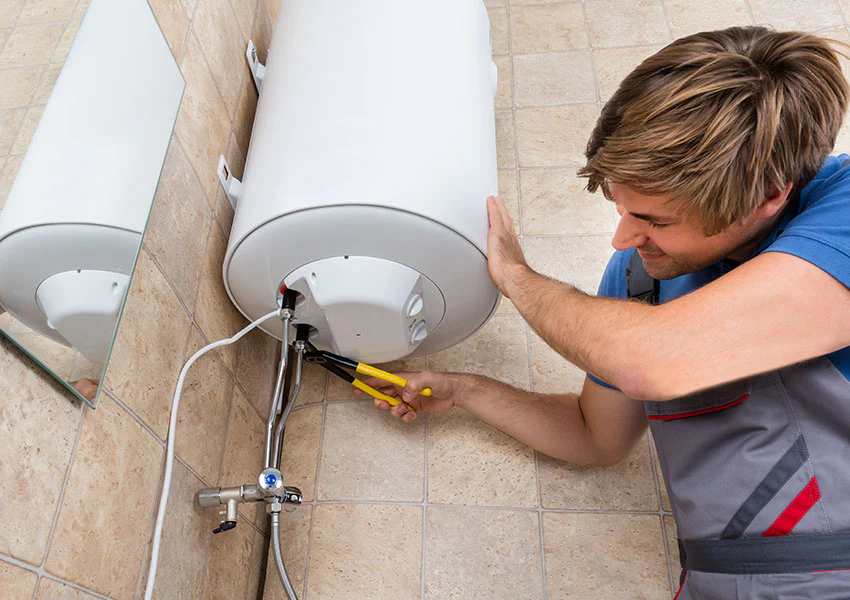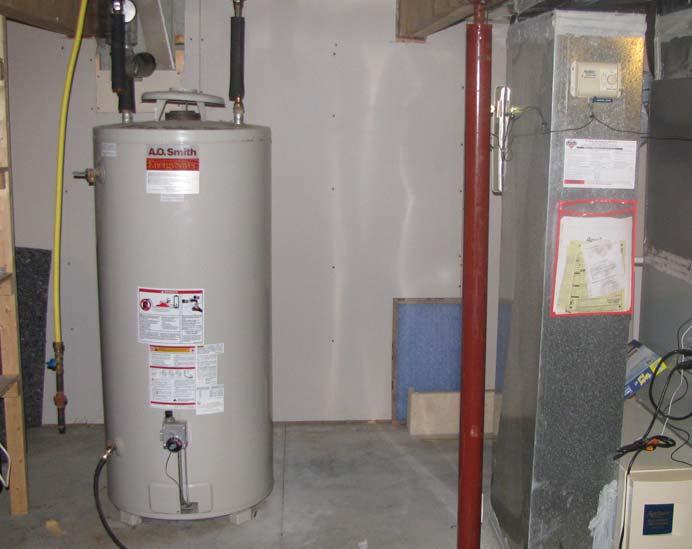Essential Maintenance Tips for Your Home's Hot Water System
Essential Maintenance Tips for Your Home's Hot Water System
Blog Article
Are you currently trying to find suggestions around What Kind of Maintenance Do Water Heaters Need??

Warm water is necessary for day-to-day convenience, whether it's for a rejuvenating shower or washing dishes. To ensure your warm water system runs successfully and lasts much longer, routine maintenance is key. This write-up gives functional ideas and insights on exactly how to maintain your home's warm water system to prevent disruptions and pricey repair services.
Introduction
Preserving your home's warm water system might appear overwhelming, however with a few simple actions, you can ensure it runs efficiently for several years ahead. This guide covers everything from comprehending your warm water system to do it yourself upkeep suggestions and understanding when to call specialist aid.
Importance of Maintaining Your Warm Water System
Regular upkeep not only expands the life-span of your warm water system however additionally guarantees it runs effectively. Disregarding maintenance can result in lowered performance, greater energy expenses, and also premature failing of the system.
Indications Your Hot Water System Demands Maintenance
Recognizing when your hot water system requires focus can protect against significant issues. Look out for indications such as irregular water temperature level, unusual sounds from the heater, or rustic water.
Recognizing Your Hot Water System
Prior to diving right into upkeep tasks, it's practical to understand the fundamental elements of your hot water system. Normally, this consists of the water heater itself, pipes, anode rods, and temperature level controls.
Month-to-month Maintenance Tasks
Normal month-to-month checks can help catch minor problems prior to they rise.
Flushing the Hot Water Heater
Flushing your water heater eliminates debris accumulation, improving performance and prolonging its life.
Checking and Changing Anode Rods
Anode rods stop deterioration inside the container. Checking and changing them when worn out is important.
Evaluating and Readjusting Temperature Level Settings
Changing the temperature level settings guarantees optimum efficiency and safety.
DIY Tips for Maintenance
You can carry out numerous upkeep jobs on your own to maintain your warm water system in leading problem.
Looking for Leakages
Regularly inspect pipelines and links for leakages, as these can cause water damages and greater expenses.
Checking Pressure Relief Valves
Testing the pressure safety valve guarantees it functions correctly and prevents too much stress buildup.
Insulating Pipes
Protecting warm water pipelines minimizes warmth loss and can conserve energy.
When to Call an Expert
While DIY upkeep is helpful, some problems need expert competence.
Complicated Issues Requiring Professional Aid
Instances include major leakages, electric problems, or if your hot water heater is regularly underperforming.
Regular Expert Maintenance Advantages
Specialist maintenance can consist of comprehensive inspections, tune-ups, and making certain compliance with safety criteria.
Final thought
Normal upkeep of your home's hot water system is important for performance, durability, and cost financial savings. By following these pointers and understanding when to seek professional assistance, you can guarantee a reliable supply of warm water without unforeseen disruptions.
How to Maintain an Instant Hot Water Heater
Before tinkering with your hot water heater, make sure that it’s not powered on. You also have to turn off the main circuit breaker and shut off the main gas line to prevent accidents. Also turn off the water valves connected to your unit to prevent water from flowing into and out of the appliance. 2. When you’re done, you have to detach the purge valves’ caps. These look like the letter “T†and are situated on either side of the water valves. Doing so will release any pressure that has accumulated inside the valves while at the same time avoid hot water from shooting out and burning your skin. 3. When the purge valves’ caps are removed, you have to connect your hosing lines to the valves. Your unit should have come with three hoses but if it didn’t, you can purchase these things from any hardware or home repair shops. You can also get them from retail stores that sell water heating systems. Read the user’s manual and follow it to complete this task properly. When the hosing lines are connected, open the purge port’s valves. 4. You should never use harsh chemical cleaners or solutions when cleaning your unit. Make use of white vinegar instead. It should be undiluted and you’ll probably use about 2 gallons. 5. Now flush your water heater. This task should probably take about 40 minutes. We can’t give you specific directions for this because the procedure is carried out depending on the type, model and brand of your heater. With that being said, refer to the user’s manual. 6. When you’re done draining the unit, you have to turn off the purge port valves again. Remove the hosing lines that you earlier installed on each of the water valves. Put the valve caps (purge port) back in their respective places and be very careful so as not to damage the rubber discs that are found inside these caps. 7. Now that everything’s back in place, check your user’s manual again to find out how to reactivate your water heating system. 8. Once it is working, turn one of your hot water faucets on just to let air pass through the heater’s water supply pipes. Leave the tap on until water flows smoothly out of it. https://www.orrplumbing.com/blog/2014/september/how-to-maintain-an-instant-hot-water-heater/

I am just very intrigued by Tips on Maintaining a Water Heater and I hope you liked our page. Sharing is nice. Helping people is fun. Thanks a lot for being here. Revisit us soon.
Click Here Report this page